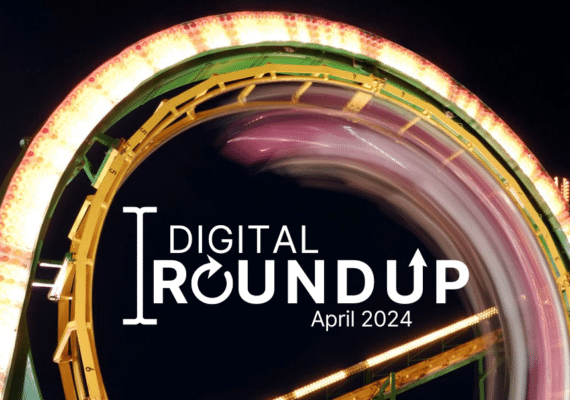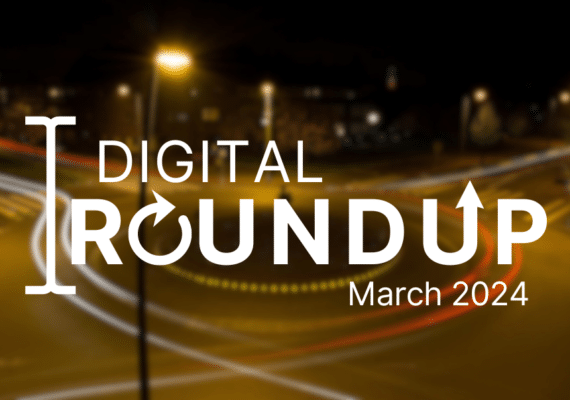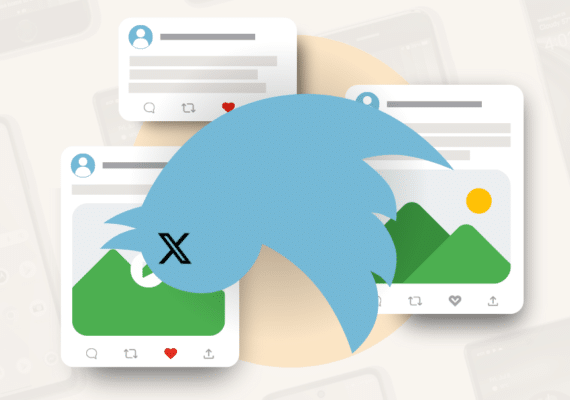Almost 70% of brands are concerned about influencer fraud, and rightly so.
Not only will the campaign you’ve invested in fail to return the results you’re after, but the knock-on effects of working with influencers involved in fraudulent activities can also be incredibly damaging.
In an incredibly saturated marketplace, it should come as no surprise that the influencer industry is plagued with individuals trying to get ahead, by any means necessary. Influencers, whose entire appeal to brands and agencies is to humanise a product and convince their audience to make a purchase, have resorted to ‘fakery’ to attract partnerships.
Contents
What is Influencer Fraud?
Influencers are often judged by the number of followers they have and the engagement rates they achieve. Because vanity metrics tend to dictate an Influencers social standing, and in turn the price they command for promotion, many artificially grow their following and manipulate likes, comments, views and shares, hoping to look more appealing to brands. Most of the time this leads to empty engagement from fake accounts, and the businesses who align themselves with one of these influencers will struggle to see ROI.
These influencers can buy this false following incredibly easily, bot-farms are dotted all over the world and charge low prices for faked engagement or followers. Other influencers falling under the fraudulent umbrella might use ‘pods’, groups of individuals each commenting on each other’s posts, liking them etc, despite having no interest in the content whatsoever.
How does it happen?
Despite Instagram and other social media networks taking a strong stance against fake accounts, a report from HypeAuditor recently claimed 45% of all registered Instagram accounts could be defined as ‘FAKE’ (due to lack of content, interaction behaviour & follower/following ratios)!
The world of fake, fraudulent activity on social media has been around since the very beginning. Success is so often measured by the number of eyes on a post or the engagement it receives so if these figures can be manipulated to make an influencer look more appealing to brands wanting to reach a wider audience, it’s easy to see why they would.
A study carried out by HypeAuditor found that 66% of mega-influencers and celebrities, those with one million followers plus, were involved in some form of influencer fraud. This is an alarming statistic given the gross number of brands we see align themselves with these influencers, promoting products or services to potentially uninterested, unintentional, or in the worst-case fake ‘bot’ followers!
Imagine the influencer stood in the middle of a stadium but the seats are empty… would you still pay them to share your message? The answer is no you wouldn’t because nobody’s listening!
So, all of this might start to sound quite scary, wasting marketing budgets and tarnishing brands by association, you might think that marketers and businesses would want to steer clear of using an influencer… well the industry is set to grow 15% in 2021, predicting to hit $5.7billion, a truly staggering statistic given its relative infancy compared to some of the more commonly discussed marketing channels, really proving the demand & need for due diligence from agencies and in-house marketers.
How Do We Avoid It?
The short answer is to use tools and marketing platforms to help us. A great feature to look for when deciding on a platform is ‘follower growth over time’ – this can give us a great indication of the follower’s genuine page growth.
Below you’ll find the example from the free to access platform Ninja Outreach. Rizer Social & Influent both have very similar features.

You might be wondering what I look for when studying these graphs… great question!
When I look at these charts I want to see a gradual increase, a line that bows smoothly upward, whether you’re searching over a matter of days, weeks or months. A smooth upward trend demonstrates the gradual growth of the page, a great sign of authenticity.
It is worth noting that external factors besides influencer fraud may be in play when you identify sharp jumps in followers or engagement, for example, Love Island stars see rapid growth in a few short months. Equally, when an influencer runs a competition or giveaway, it’s likely they’ll receive a sharp spike.
A final feature worth finding on your given platform is an ‘audience quality’ score. The AQS (by Hype Auditor) or the Influencer Performance Score (from Rizer Social) both give us an informed recommendation as to the influencers genuine following, considering the number of followers, engagement rates, often diving as deep as comment tracking on posts to avoid bots/spam followers & comparing the influencer to peers in the same niche.
Concluding Thoughts
Influencer fraud can’t always be avoided, sometimes the influencers aren’t even aware they have fake followers, but as marketers running campaigns we should be looking out for the signs. It’s important we vet the influencers we work with to ensure marketing spend is getting real bang for its buck – getting your campaign in front of the right, real audience, not a fake one.






